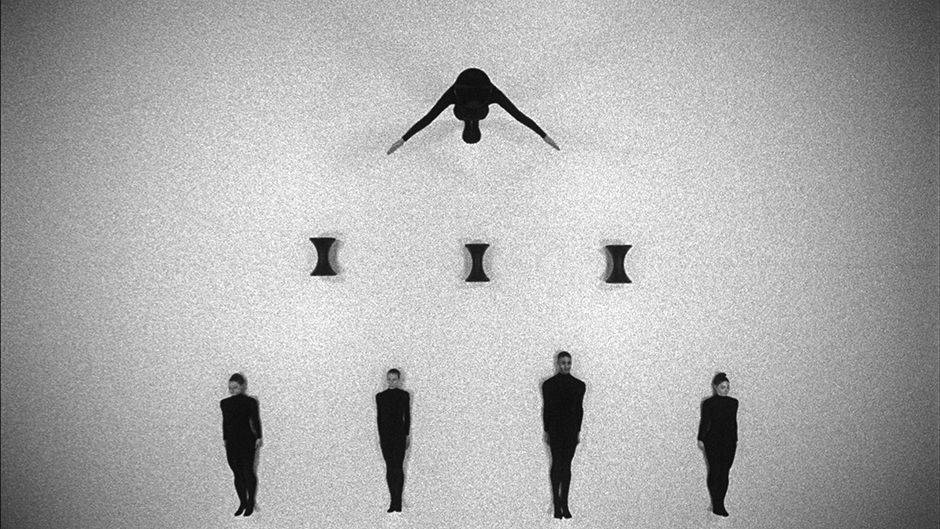When he enrolled at the art academy to indulge his passion for writing, Duncan Campbell presumably never thought that thirty years later he would win the Turner Prize for a film. His first Belgian exhibition is opening at Wiels.

Duncan Campbell opens his first Belgian exhibition in Wiels
There is no sign of tension in the sleepy town of Swords near Dublin, so it was only when the very young Duncan Campbell (1972) and his family visited Northern Ireland that the true horror of the situation there became clear. The Troubles raged at their height in the late 1970s and early 1980s.
As a teenager, Campbell did not like the structure of classical education so he moved to an arts school. Writing stories was his first love. But later, after completing his bachelor's studies in Ulster and a master's degree at the renowned Glasgow School of Art, he discovered his second, more fiery mistress: Lady Cinema. This medium allowed him to translate his texts into moving images with sound. From the very beginning, Campbell has loved to blend fantasy and reality. Or rather: his work mixes documentary strategies with the jargon of experimental film, and he thus challenges the concept of "truth".
Although he has continued to live in the Scottish metropolis, many of his films are about Irish issues and figures. For example, Falls Burns Malone Fiddles (2004) shows old archive photos of drab areas of Belfast with a feverish monologue reminiscent of Samuel Beckett (read by Ewen Bremner, Spud from Trainspotting!). Make It New John (2009) tells the story of the birth of the DeLorean and the troubled workers who built the car – made famous by Back to the Future – in Belfast until the 1980s.
Over the past decade, Campbell has been featured at numerous film festivals, and he has taken part in several important biennales (Gwangju 2010, Manifesta – Genk 2012). In 2013, he was selected to represent Scotland at the Venice Biennale. A year later, his mid-length film It for Others won the Turner Prize.
That work is now also the centrepiece at Wiels. It for Others connects performance and dance with a reflection on the importance and value of natural resources, objects, and art. Campbell alludes to the masterful Les statues meurent aussi by Chris Marker and Alain Resnais (1953) and alternates Marxist theory with reflections on the current position of the IRA.
Also featured at Wiels: the fascinating Bernadette (2008), an experimental, groomed portrait documentary about the Irish activist Bernadette Devlin McAliskey, and the early O Joan, No (2006), in which Campbell barrages us with flashes of bright lights – a cigarette, traffic, theatre lights – that suddenly appear in the pitch black. Although it is completely abstract, this work also reveals Campbell's Irish influences. The voice-over consisting of scraps, text, laughing, and growling is pure Beckett.
> Duncan Campbell. 26/01 > 26/03, Wiels, Vorst/Forest
Fijn dat je wil reageren. Wie reageert, gaat akkoord met onze huisregels. Hoe reageren via Disqus? Een woordje uitleg.